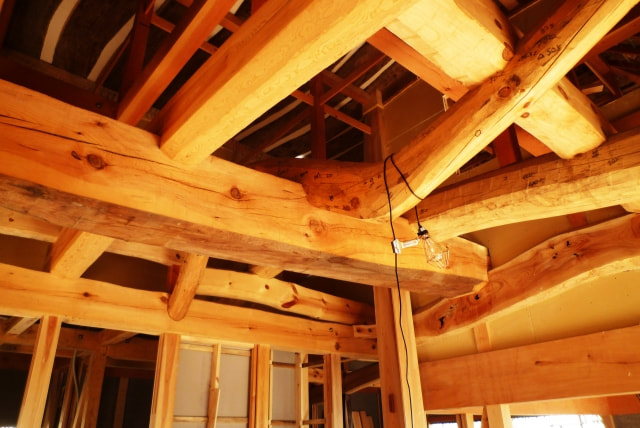|
7/2/2020 What is the difference between Earthquake Resistant and Seismic Control and What are the Reinforcement Costs?Read Now In order to have a safe housing in Japan, which is an earthquake-prone country, it is necessary to adopt a structure that can withstand a large earthquake that can occur at any time. This time, we will explain the differences between the structures of seismic isolation, earthquake resistance, and seismic control, and the features of each. Also, please refer to the cost of earthquake-proof reinforcement. ■What is the difference between Seismic Isolation, Earthquake Resistance, and Seismic Control? Earthquakes are the most vigilant risk in Japan to attack homes. Research on construction methods that can withstand earthquakes has been carried out for a long time, but the mainstream in recent years is either seismic isolation, seismic resistance, or seismic control. First of all, let's know the characteristics of each and sort out the differences. Seismic Isolation: Absorbs Shaking Seismic isolation is a structure designed to absorb vibrations and prevent damage from being directly transmitted to buildings when an earthquake occurs. A special device is installed between the foundation and the building, which absorbs the shaking, so that you do not feel too much shaking. In addition to general earthquakes up to a seismic intensity of around 3, when a large earthquake with a seismic intensity of 5 to 7 class occurs, the shaking does not reach the core of the building, reducing the risk of damage.Originally the structure of the Machiya was the vibration absorbing structure, where the pillars were built on stones set up on the ground, and without the use of nails, the bending of the tree disperses the power of the earthquake. Earthquake Resistance: Withstands Shaking In the event of an earthquake, a structure with enough power to prevent buildings from collapsing is earthquake-resistant. By constructing the building from the foundation solidly, even if a large amount of energy is applied to the building, it will avoid destructive damage such as collapse and protect the lives of people inside the building. The Building Standards Act has been revised many times so far, but especially since it was stipulated in the 1981 revision to improve earthquake resistance, many of the houses built after that have earthquake resistant structure. Seismic Control: Control shaking Seismic control is a structure in which a special device is embedded in a sturdy wall, and the device absorbs the shaking generated by an earthquake and controls it so that it does not propagate. It has a structure that allows the building itself to be controlled so that it does not shake, and has the advantage of preventing the furniture and home appliances that are installed from falling over. The Kumamoto Earthquake of April 2016 also damaged a relatively new wooden house. Depending on the type of earthquake, even a house with earthquake resistance cannot be relieved. If you live in an old wooden house, you may be more concerned. How much does one cost when considering earthquake-proof reinforcement? We will explain about seismic retrofitting of wooden houses.
■What is a wooden house that requires earthquake resistance? The need for seismic retrofitting of a house is first judged by whether it is a wooden house under construction before May 31, 1981. Among the houses that apply to the above, wooden houses that have the following features require seismic reinforcement. 1) Wooden house with continuous openings on the south side and no walls at the four corners of the building 2) Wooden house with relatively large cracks on the outer wall and foundation 3) Wooden house standing in an area with poor ground (liquefaction, etc.) 4) Wooden house with problems in verticality of columns and walls and horizontality of floors 5) Wooden house whose plane shape is complicated 6) Wooden house with tiled roof (thatched roof) and mud wall 7) An old folk house with a pillar size of 12 cm x 12 cm or less ■Seismic retrofit construction costs Construction costs, including reinforcement design, vary depending on the seismic performance of existing houses. For example, changing the current tiled roof to a metal roof to improve seismic performance costs 1 million yen or more depending on the scale of the house. In general, the cost of earthquake-resistant repair per wall with a width of 91 cm is about 100,000 yen. Also, if you add a concrete foundation, it will cost about 50,000 yen per 1m. The general construction cost will be approximately 1 million yen or more, depending on the scale of existing houses and earthquake resistance. If you also carry out renovation work at the same time, additional costs will be required. If you purchase an old house and consider renovating the building, consider seismic retrofitting together. It is possible for the architect to give advice from various points of view, such as the method of seismic reinforcement. If you are considering a refurbishment, please contact us. |
Details
AuthorArrows International Realty Corp. Archives
June 2023
Categories
All
|

 RSS Feed
RSS Feed